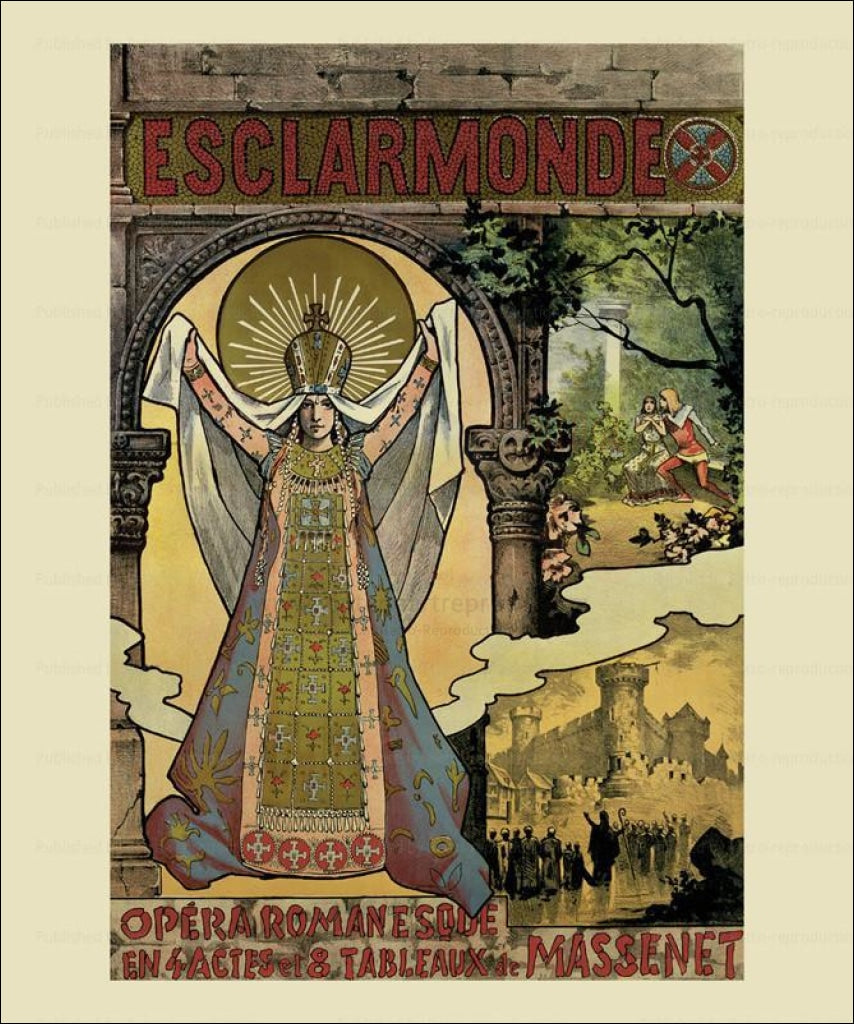1
/
of
1
Esclarmonde, Massenet's Opera Romanesque
Esclarmonde, Massenet's Opera Romanesque
Regular price
$39.00 USD
Regular price
Sale price
$39.00 USD
Unit price
/
per
Shipping calculated at checkout.
Couldn't load pickup availability
Share
The story of the opera is based on the medieval chivalric tale Parthénopéus de Blois, which was written in the middle of the 12th century by Denis Pyramus. In the original tale, however, the protagonist sorceress is called "Melior"; Esclarmonde's name was borrowed from another chanson de geste of the 13th century: Huon de Bordeaux. Although the Esclarmonde who appears in Huon is completely different from her operatic counterpart, Huon clearly served as the basis of at least part of the opera's libretto. Alfred Blau discovered Parthénopéus in 1871 in the library of Blois, where he took refuge during the time of the Paris Commune. The libretto was originally called Pertinax; it was first drafted in prose and later versified by Blau's collaborator, Louis de Gramont. In that form – a romantic melodrama in five acts – it was offered in 1882 to the Belgian composer François-Auguste Gevaert, who, however, declined to set it. Soon the libretto found its way into Massenet's hands, though the precise circumstances in which this occurred remain a mystery.
View full details

-
High Quality Reprints
Every piece of art is printed using premium materials. We carefully package and deliver your order to your door.
-
Wholesale Orders
We welcome wholesale inquiries on some of our products. Click here to learn more about our offering.
Sign Up for Our Newsletter
Get a sneak peek on upcoming promos and get 10% off your first order.

